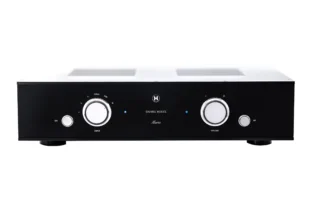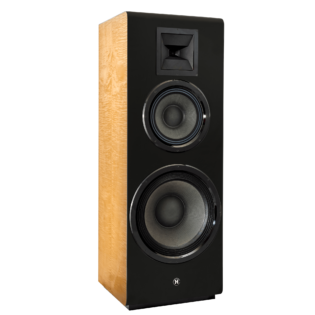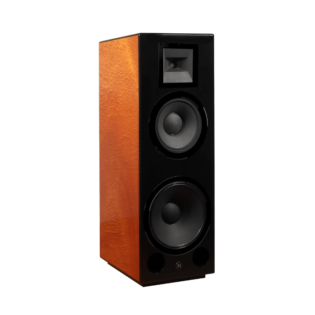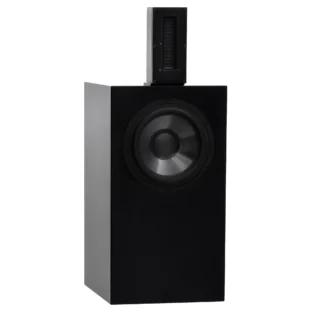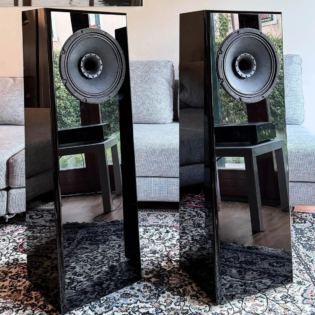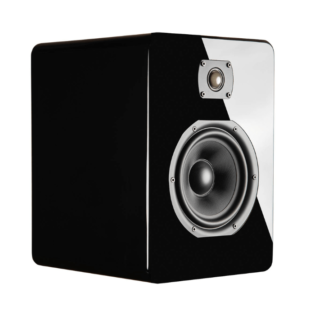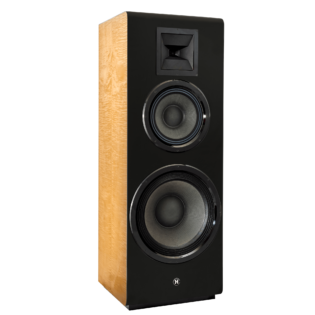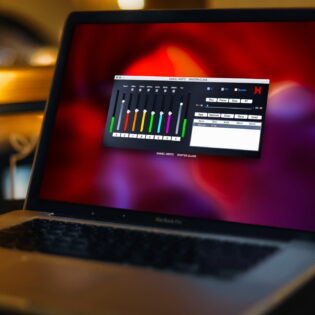Table of Contents
In the realm of digital audio, there exists a revolutionary breakthrough: the C Wave patent, pioneered by Mark Levinson – founder of Daniel Hertz. This patent heralds a paradigm shift in the way we perceive and experience digital audio, shedding light on a previously undetectable aspect that affects both our auditory pleasure and, surprisingly, our physiological well-being.
Introduction to Audio Measurements
To comprehend the significance of the C Wave patent, one must first grasp the fundamental principles of audio performance evaluation. Key metrics such as frequency response, Total Harmonic Distortion (THD), and signal-to-noise ratio serve as yardsticks in gauging the fidelity of audio reproduction systems. These measurements provide insights into the quality of sound reproduction, guiding engineers and audiophiles alike in their pursuit of sonic excellence.
Unveiling the Discrepancy: Analogue vs. PCM Digital Audio
Despite the prevalence of digital audio in today’s music landscape, aficionados have long acknowledged a perceptible disparity between the warmth of pure analogue sound and the clinical precision of PCM digital audio. Until the advent of the C Wave patent, however, the precise cause of this dichotomy remained elusive, eluding even the most sophisticated audio measurement apparatus.
Deciphering the Human Brain's Response
The crux of the matter lies in the divergent reactions elicited by the human brain when exposed to analogue versus PCM digital waveforms. While the continuous waveform of analogue audio resonates harmoniously with our neurological circuitry, the fragmented nature of PCM digital audio triggers an almost instantaneous stress response in the brain. This stress response, as elucidated by medical diagnostics, compromises both emotional engagement and immune function, underscoring the profound implications of digital audio on human health and well-being.
Introducing C Wave: Bridging the Analogue-Digital Divide
Enter C Wave – an acronym denoting Continuous Wave – a pioneering reverb algorithm poised to revolutionize the digital audio landscape. By seamlessly integrating original music information into the non-continuous PCM digital waveform, C Wave bridges the gap between analogue and digital audio realms, mirroring the natural flow of sound perception within the human brain. This subtle yet transformative technology imbues digital audio with a newfound warmth and vitality, transcending mere auditory stimulation to evoke genuine emotional resonance.
Implications and Applications of the C Wave Patent
The ramifications of the C Wave patent extend far beyond mere audio enhancement, permeating diverse facets of modern life. From enriching the auditory landscape of music and film to optimizing sound reproduction in mobile devices and live performances, the potential applications of C Wave technology are boundless. While currently integrated into the DH Maria amplifier, the scalability of C Wave implementation underscores its versatility, promising a future wherein all digital audio is imbued with the transformative power of Continuous Wave processing.
Objective vs. Subjective Evaluation
Central to the validation of C Wave technology is a balanced approach, encompassing both objective measurements and subjective feedback. While objective testing forms the bedrock of scientific inquiry, subjective responses from seasoned mastering engineers offer invaluable insights into the nuanced nuances of auditory perception. Through collaborative refinement and meticulous fine-tuning, C Wave achieves a harmonious synthesis of scientific rigour and artistic sensibility, embodying the fusion of art and science in the pursuit of sonic perfection.
Historical Context and Evolution of Audio Testing
To appreciate the evolutionary trajectory culminating in the C Wave patent, one must delve into the annals of audio testing history. From the nascent days of electrical science, marked by the pioneering contributions of luminaries such as Volta, Hertz, and Ampere, to the advent of PCM digital audio in the 1970s, each epoch has witnessed a convergence of technological innovation and human ingenuity. The resurgence of analogue LPs amidst the digital revolution served as a harbinger of a latent discrepancy, eventually elucidated through the discerning lens of scientific inquiry.
Validation through Avatar Testing
The validation of C Wave technology transcends theoretical conjecture, finding empirical substantiation in advanced computer-based health diagnostic software such as Avatar. Through Electro-Acupuncture Voltage testing, Avatar discerns subtle physiological responses to PCM digital audio processing, corroborating the deleterious effects observed in subjective evaluations. Crucially, Avatar testing reaffirms the efficacy of C Wave processing in ameliorating these adverse effects.
FAQs
1. How does C Wave technology bridge the analogue-digital divide?
C Wave achieves this by seamlessly integrating original music information into PCM digital audio waveforms, effectively simulating the continuous waveform characteristic of analogue sound. This integration enhances the listening experience by eliciting a more natural and immersive auditory response, devoid of the stress-induced effects associated with conventional PCM digital audio.
2. Can C Wave processing truly enhance the listening experience?
Absolutely. By bridging the analogue-digital divide and mitigating the stress response triggered by non-continuous PCM digital waveforms, C Wave fosters a more natural and immersive auditory experience. Beyond mere auditory stimulation, C Wave imbues digital audio with a newfound warmth and vitality, eliciting genuine emotional resonance and promoting healthier listening habits.
3. How does C Wave technology benefit listeners’ health?
C Wave technology mitigates the stress response triggered by non-continuous PCM digital audio waveforms, thereby preserving emotional engagement and immune function. By fostering a more harmonious interaction between auditory stimuli and the human brain, C Wave enhances the overall listening experience while promoting holistic well-being.
4. What are the practical applications of C Wave technology?
The versatility of C Wave extends across various audio domains, from music production and film sound design to mobile device audio optimization and live performance enhancement. Whether in professional studio settings or everyday listening environments, C Wave technology promises to revolutionize digital audio playback, enriching the auditory landscape and enhancing the overall listening experience.

